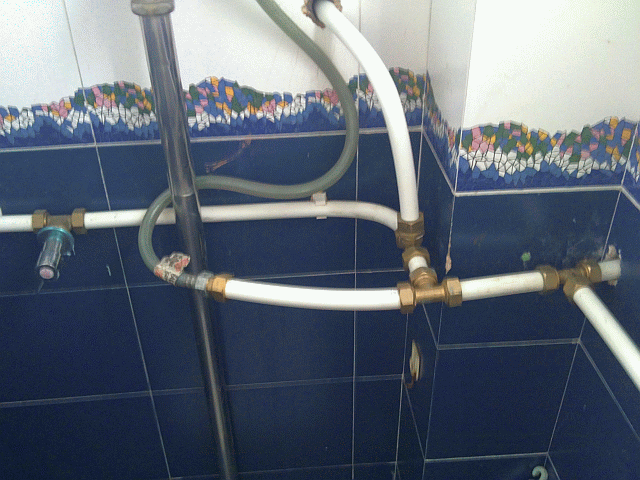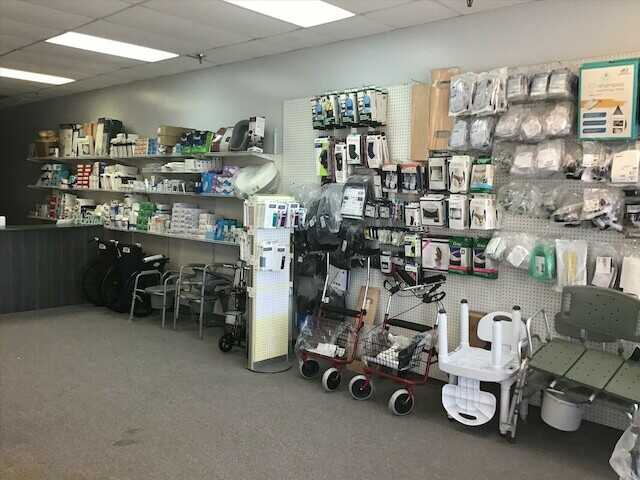Plumbing is an essential component of any home, providing water supply and drainage for various daily activities. Understanding the basics of residential plumbing systems is crucial for homeowners to maintain their plumbing infrastructure and address common issues effectively.
Water Supply System: The water supply system brings clean, potable water into the home for drinking, cooking, bathing, and other household activities. It typically starts at the main water line, which connects the home to the municipal water supply or a private well. From there, water enters the home through a meter, which measures usage for billing purposes. Inside the home, the water supply system includes pipes, valves, and fixtures that distribute water to different areas, such as sinks, showers, toilets, and appliances like dishwashers and washing machines. These pipes are often made of copper, PEX (cross-linked polyethylene), or PVC (polyvinyl chloride) and are sized based on water pressure and flow requirements.
Drainage System: The drainage system removes wastewater and sewage from the home, preventing backups and maintaining sanitation. It consists of a network of pipes that carry wastewater away from sinks, showers, toilets, and appliances to the sewer line or septic tank. Gravity plays a crucial role in drainage systems, as wastewater flows downhill through sloped pipes to reach its destination. Vent pipes, also known as vent stacks, are another essential component of the drainage system. These pipes extend through the roof to allow sewer gases to escape safely, preventing unpleasant odors and maintaining proper pressure in the system. Additionally, traps, such as P-traps beneath sinks and floor drains, capture debris and prevent sewer gases from entering the home while allowing water to flow freely.

Maintenance and Repair: Regular maintenance is essential for keeping the plumbing system in good working condition and preventing costly repairs. Homeowners should inspect their plumbing periodically for signs of leaks, corrosion, or other damage. Checking for leaks around faucets, toilets, and pipes can help identify issues early and avoid water damage. Additionally, it’s essential to maintain proper drainage by keeping drains clear of debris and avoiding the disposal of grease, oil, and other substances that can cause clogs. Professional plumbers can perform routine maintenance tasks, such as flushing water heaters, inspecting pipes, and testing water pressure, to ensure the system functions efficiently.
In the event of a plumbing problem, prompt repair is crucial to prevent further damage and inconvenience. Common plumbing issues include leaky pipes, dripping faucets, clogged drains, and malfunctioning water heaters. Homeowners can often address minor problems themselves using basic tools and techniques, such as plunging a clogged toilet or tightening a leaky faucet. However, for more complex issues or those involving the main water supply or sewer line, it’s best to enlist the services of a licensed plumber. Professional plumbers have the knowledge, skills, and equipment to diagnose and repair plumbing problems effectively, ensuring the system operates safely and efficiently.
Upgrades and Improvements: Homeowners may also consider upgrades and improvements to enhance the efficiency and functionality of their plumbing systems with the help of redrhino.com/plumbing/palmetto-plumbers. Installing low-flow fixtures, such as faucets, showerheads, and toilets, can reduce water usage and lower utility bills while conserving valuable resources. Similarly, upgrading to a tankless water heater can provide hot water on demand, eliminating the need for a bulky storage tank and reducing energy consumption. Other upgrades, such as installing a water filtration system or a sump pump for basement drainage, can improve water quality and protect the home from water damage. Consulting with a plumbing professional can help homeowners identify the best upgrades for their needs and budget, ensuring optimal performance and longevity of the plumbing system.





